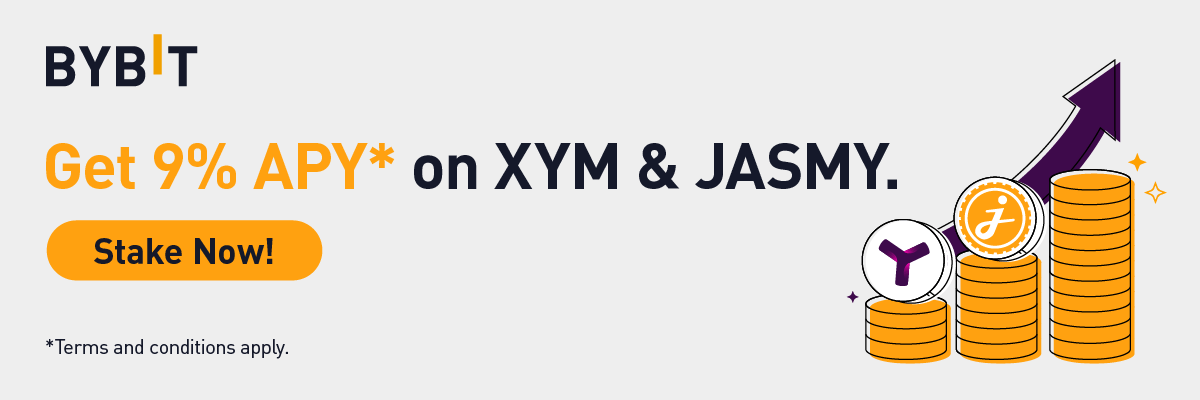[ad_1]
Polkadot’s ongoing parachain rollout represents the final launch phase for its multi-chain sharded architecture, following rigorous testing, optimization, and auditing, initially carried out on testnets like Rococo and canary network Kusama.
The first indication that Polkadot parachains were afoot came in September when Gavin Wood hinted that they were “technologically ready for launch.” Sure enough, this was followed in October with a motion for the Polkadot Council to open up the network’s first parachain slot auctions, later approved by on-chain governance, creating buy pressure for DOT in the run-up to the launches.
The auctions are split into batches, with the first batch of five running weekly from November 11. The winning projects will then be onboarded on December 17 for the lease period to October 20, 2023.
Anatomy of a Parachain
Parachains are custom blockchains anchored to Polkadot’s Relay Chain for up to 96 weeks at a time, with an option to renew. Each slot is assigned by an on-chain candle auction mechanism with successful projects locking up a bond in DOT for the duration of the lease.
Parachain teams can fund their auction bids with the help of a community crowdloan campaign, enabling them to accept contributions from DOT holders and demonstrating demand for the project’s idea. Crowdloan participants get their DOT returned at the end of the lease, and parachain teams can choose to reward them with their project’s native token.
Auctions and crowdloans differ dramatically from an initial coin (ICO), exchange (IEO), or DEX (IDO) offerings since holders are not compelled to transfer control of their DOT in exchange for the project’s tokens. In fact, DOT is actually returned if projects lose an auction bid; slot-holders, meanwhile, reimburse supporters when their lease expires.
And there’s another key difference: project teams cannot use DOT at their discretion or sell it on the market. Instead, they benefit from access to scarce network slots, fee generation opportunities, and parachain token launches.
Implications for the Year Ahead
Acala secured the maiden Polkadot parachain slot, having raised a bond of 32.5 million DOT (worth approximately $1.27 billion at the time) from a community of over 81,000 users.
The success of the inaugural parachain auction clearly demonstrates the power and strength of the Polkadot community, which has rallied around to pledge DOT to their chosen ventures. Moonbeam, which lost out to Acala, is currently the best of the rest having secured 35.8 million DOT for the second slot.
The number of tokens locked up highlights just how many participants are invested in the success of the projects, compared to the more speculative structure of other offerings. This should lead to greater accountability of projects, which must deliver quickly on their applications due to the strict 96-week leasing period.
This healthier balance of incentives between participants and projects has seen over 205,000 contributors participate so far, with more contributing via exchanges like Kraken and Binance.
Assuming the trend continues, by the end of the first batch of auctions somewhere between $4 and $4.5 billion worth of DOT is likely to be locked up for nearly two years, reducing potential sell pressure and circulating supply on the market.
Not only does this demonstrate faith in Polkadot and DOT over that period, but it incentivizes hundreds of thousands of supporters to become active users in the ecosystem as it’s in their best interest.
With the rise in contributors expected to continue, the Polkadot community and its burgeoning ecosystem will certainly be one to watch over the next 96 weeks.
CryptoSlate Newsletter
Featuring a summary of the most important daily stories in the world of crypto, DeFi, NFTs and more.
Get an edge on the cryptoasset market
Access more crypto insights and context in every article as a paid member of CryptoSlate Edge.
On-chain analysis
Price snapshots
More context
[ad_2]





